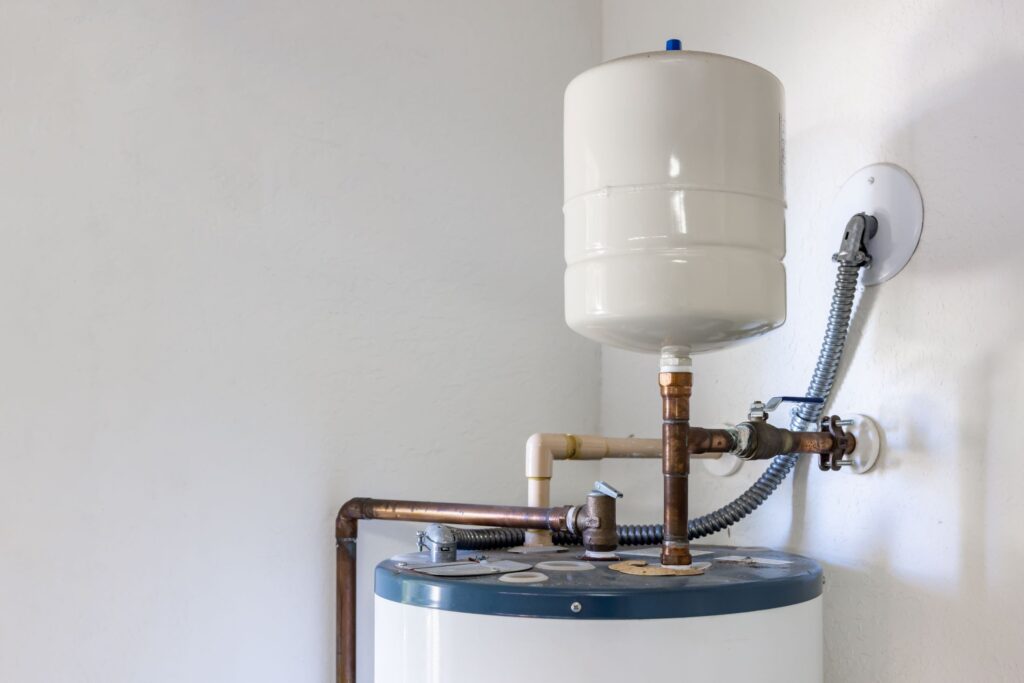Step-by-Step Guide to Maintaining Your Home's Hot Water SystemStep-by-Step Guide to Maintaining Your Home's Hot Water System
Step-by-Step Guide to Maintaining Your Home's Hot Water SystemStep-by-Step Guide to Maintaining Your Home's Hot Water System
Blog Article
What're your ideas concerning How to Maintain Your Water Heater & Prolong its Life?

Hot water is important for day-to-day comfort, whether it's for a refreshing shower or cleaning recipes. To ensure your warm water system runs successfully and lasts longer, routine maintenance is essential. This write-up supplies functional tips and insights on just how to keep your home's hot water system to avoid disruptions and costly repair work.
Introduction
Maintaining your home's hot water system could seem challenging, however with a couple of simple steps, you can ensure it runs efficiently for many years to find. This guide covers everything from understanding your warm water system to do it yourself maintenance pointers and recognizing when to employ professional aid.
Importance of Maintaining Your Warm Water System
Routine maintenance not just extends the life-span of your hot water system but also guarantees it operates successfully. Disregarding upkeep can bring about decreased performance, greater energy costs, and also early failure of the system.
Signs Your Warm Water System Requirements Upkeep
Understanding when your hot water system requires attention can protect against major concerns. Watch out for indications such as irregular water temperature level, odd noises from the heating system, or rustic water.
Recognizing Your Warm Water System
Before diving into maintenance jobs, it's handy to understand the standard parts of your hot water system. Usually, this includes the hot water heater itself, pipes, anode rods, and temperature level controls.
Month-to-month Maintenance Tasks
Regular month-to-month checks can assist catch minor concerns prior to they intensify.
Purging the Hot Water Heater
Flushing your hot water heater eliminates sediment build-up, enhancing effectiveness and extending its life.
Monitoring and Replacing Anode Rods
Anode rods avoid corrosion inside the container. Examining and changing them when worn is crucial.
Checking and Adjusting Temperature Level Settings
Readjusting the temperature level settings makes sure optimal efficiency and security.
Do It Yourself Tips for Upkeep
You can perform numerous maintenance tasks on your own to keep your warm water system in top problem.
Checking for Leaks
On a regular basis inspect pipelines and connections for leaks, as these can lead to water damage and greater expenses.
Examining Pressure Alleviation Valves
Testing the pressure safety valve ensures it works correctly and stops too much pressure build-up.
Insulating Pipes
Protecting hot water pipes minimizes warmth loss and can save energy.
When to Call an Expert
While do it yourself maintenance is advantageous, some issues require specialist know-how.
Complicated Issues Requiring Professional Help
Examples consist of significant leakages, electric troubles, or if your water heater is regularly underperforming.
Routine Professional Upkeep Advantages
Expert maintenance can include thorough inspections, tune-ups, and making sure conformity with security standards.
Final thought
Routine upkeep of your home's warm water system is crucial for performance, durability, and cost financial savings. By complying with these pointers and knowing when to look for professional assistance, you can ensure a trusted supply of warm water without unforeseen interruptions.
How to Maintain an Instant Hot Water Heater
Before tinkering with your hot water heater, make sure that it’s not powered on. You also have to turn off the main circuit breaker and shut off the main gas line to prevent accidents. Also turn off the water valves connected to your unit to prevent water from flowing into and out of the appliance. 2. When you’re done, you have to detach the purge valves’ caps. These look like the letter “T” and are situated on either side of the water valves. Doing so will release any pressure that has accumulated inside the valves while at the same time avoid hot water from shooting out and burning your skin. 3. When the purge valves’ caps are removed, you have to connect your hosing lines to the valves. Your unit should have come with three hoses but if it didn’t, you can purchase these things from any hardware or home repair shops. You can also get them from retail stores that sell water heating systems. Read the user’s manual and follow it to complete this task properly. When the hosing lines are connected, open the purge port’s valves. 4. You should never use harsh chemical cleaners or solutions when cleaning your unit. Make use of white vinegar instead. It should be undiluted and you’ll probably use about 2 gallons. 5. Now flush your water heater. This task should probably take about 40 minutes. We can’t give you specific directions for this because the procedure is carried out depending on the type, model and brand of your heater. With that being said, refer to the user’s manual. 6. When you’re done draining the unit, you have to turn off the purge port valves again. Remove the hosing lines that you earlier installed on each of the water valves. Put the valve caps (purge port) back in their respective places and be very careful so as not to damage the rubber discs that are found inside these caps. 7. Now that everything’s back in place, check your user’s manual again to find out how to reactivate your water heating system. 8. Once it is working, turn one of your hot water faucets on just to let air pass through the heater’s water supply pipes. Leave the tap on until water flows smoothly out of it. https://www.orrplumbing.com/blog/2014/september/how-to-maintain-an-instant-hot-water-heater/

I discovered that post about Tips on Maintaining a Water Heater when doing a search on the search engines. Liked our piece of writing? Please quickly share it. Let other people discover it. Thank you for being here. Return soon.
Give Me A Quote! Report this page